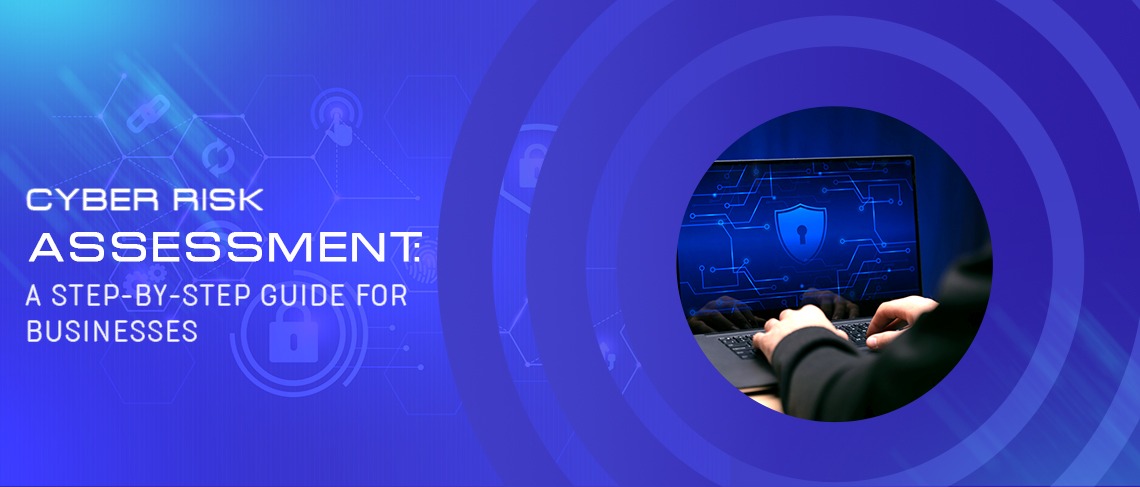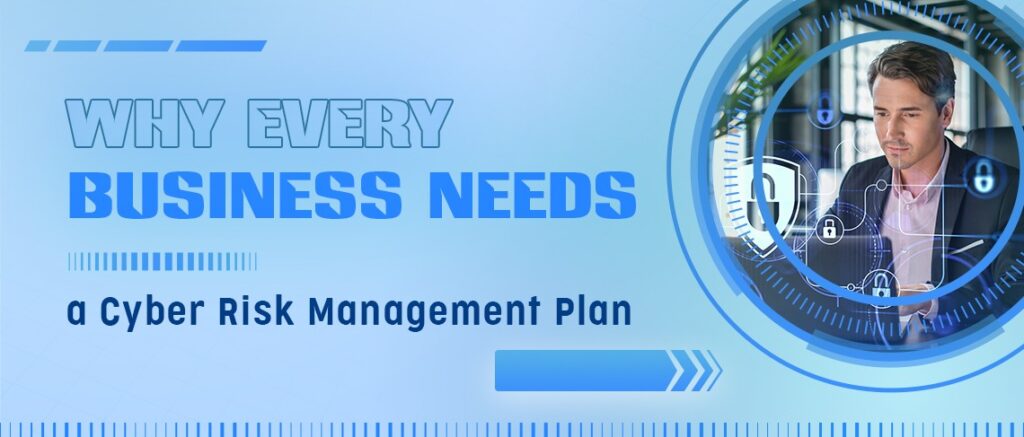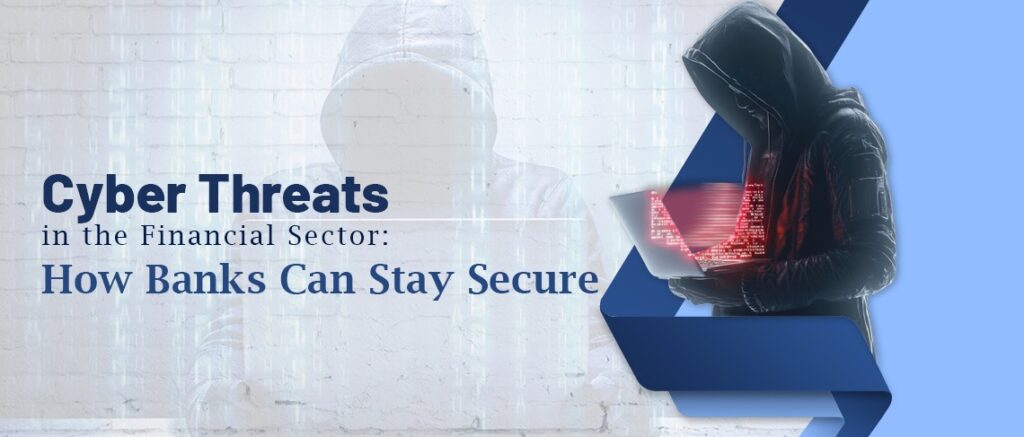Why Cyber Risk Assessment is Critical in 2025
In nowadays hyper-linked virtual world, cyber threats are now not only a concern for massive organizations—they’re a critical risk for groups of all sizes. From ransomware and phishing to insider threats and information breaches, cyberattacks are getting more state-of-the-art and considerable each year.
According to recent research, over 60% of small companies that suffer a cyberattack close down within six months. Whether you’re walking a startup, an e-commerce commercial enterprise, or a massive organization, ignoring cyber risk is like leaving your office doors unlocked overnight. That’s where Cyber Risk Assessment comes into play.
Think of it as a healthy look at-up on your IT infrastructure. It enables perceive where your business is prone, what type of threats you may face, and what steps you want to take to shield your records, systems, and recognition.
But here’s the massive query:
How do you absolutely perform a cyber danger evaluation that’s powerful and actionable?
Let’s wreck it down step through step.
Step-by-Step Cyber Risk Assessment Framework
Step 1: Identify Your Digital Assets
Before you can assess risk, you need to know what you’re protecting. Begin by listing all critical digital assets, including:
- Customer databases
- Employee records
- Financial systems
- Intellectual property
- Cloud services
- Internal networks and devices
Tip: Don’t forget to shadow IT—unauthorized tools or platforms employees might be using without formal approval.
Step 2: Determine Potential Threats
Next, identify possible external and internal threats that could compromise your assets. Common threats include:
- Malware and Ransomware
- Phishing Attacks
- Insider Threats (malicious or accidental)
- DDoS Attacks
- Third-party Vendor Risks
- Human Error
Use industry-specific threat intelligence tools or consult cybersecurity reports to understand current trends.
Step 3: Evaluate Vulnerabilities
A vulnerability is a weakness that could be exploited by a threat. These may include:
- Outdated software
- Weak or reused passwords
- Unpatched systems
- Poor network configuration
- Lack of employee training
Run vulnerability scans and penetration testing to discover these weak spots.
Step 4: Assess the Likelihood and Impact
For each threat-vulnerability pair, assess:
- Likelihood of it happening (low, medium, high)
- Impact it would have (financial, operational, reputational)
Use a Risk Matrix to visualize and prioritize threats.
A high-likelihood, high-impact event should be your top priority.
Step 5: Analyze Current Security Controls
Review your existing cybersecurity measures:
- Firewalls and antivirus tools
- Access controls and multi-factor authentication
- Backup and recovery systems
- Employee awareness training
- Incident response protocols
Check how effective they are at mitigating the risks you’ve identified.
Step 6: Calculate Risk Level
Use this simple formula to quantify risk:
Risk = Threat × Vulnerability × Impact
This will give you a better understanding of where your organization stands and what risks need immediate attention.
Step 7: Create a Mitigation Plan
Once you’ve ranked your risks, create a tailored mitigation strategy:
- Apply security patches
- Implement stronger access controls
- Conduct employee training
- Backup critical data regularly
- Establish a formal incident response plan
Your goal is to reduce risk to an acceptable level, not eliminate it completely (which is often unrealistic).
Step 8: Document and Report
Compile your findings into a detailed report. This is especially important for:
- Communicating with stakeholders
- Meeting compliance and regulatory requirements
- Planning your cybersecurity budget
Keep the report updated as your business evolves.
Step 9: Monitor Continuously
Cyber risk assessment is not a one-time project.
Use real-time monitoring tools and schedule regular reviews to:
- Track new vulnerabilities
- Adapt to emerging threats
- Stay compliant with evolving regulations
Ready to Protect Your Business? Here’s What to Do Next
Now that you understand how critical and systematic cyber risk assessment is, the question is:
Are you equipped to do it alone—or do you need expert help?
If you’re like most businesses, you might:
- Lack of in-house cybersecurity expertise
- Struggle to keep up with new and evolving threats
- Be unsure how to choose the right tools or software
- Need help meeting industry compliance standards (e.g., GDPR, HIPAA, PCI-DSS)
That’s where professional cyber risk assessment services come into play.
Why Partner with a Cybersecurity Expert?
Here’s what a certified cybersecurity partner can do for you:
✅ Conduct comprehensive risk audits
✅ Provide threat intelligence specific to your industry
✅ Use advanced tools for penetration testing
✅ Design tailored risk mitigation plans
✅ Ensure regulatory compliance
✅ Offer ongoing monitoring and support
Choosing the Right Cybersecurity Partner
When selecting a cyber risk assessment service provider, look for:
- Proven experience with businesses in your sector
- Certifications like CISSP, CISM, CEH
- Transparent reporting and communication
- Scalable services that grow with your business
- A proactive, not reactive, security culture
Final Call to Action
Cyber risk is not a matter of if, but when.
Every day you delay risk assessment, you increase the chances of falling victim to an avoidable attack.
If you want to:
🔐 Safeguard your digital assets
📊 Maintain customer trust
🛡️ Stay compliant and audit-ready
📉 Reduce downtime and financial losses
Then it’s time to take action.
Book a free consultation today with our Cyber Risk Experts and get a custom audit plan tailored to your business.
Start your cyber risk management plan UAE Journey Now.
Your business’s security starts with a single step.



